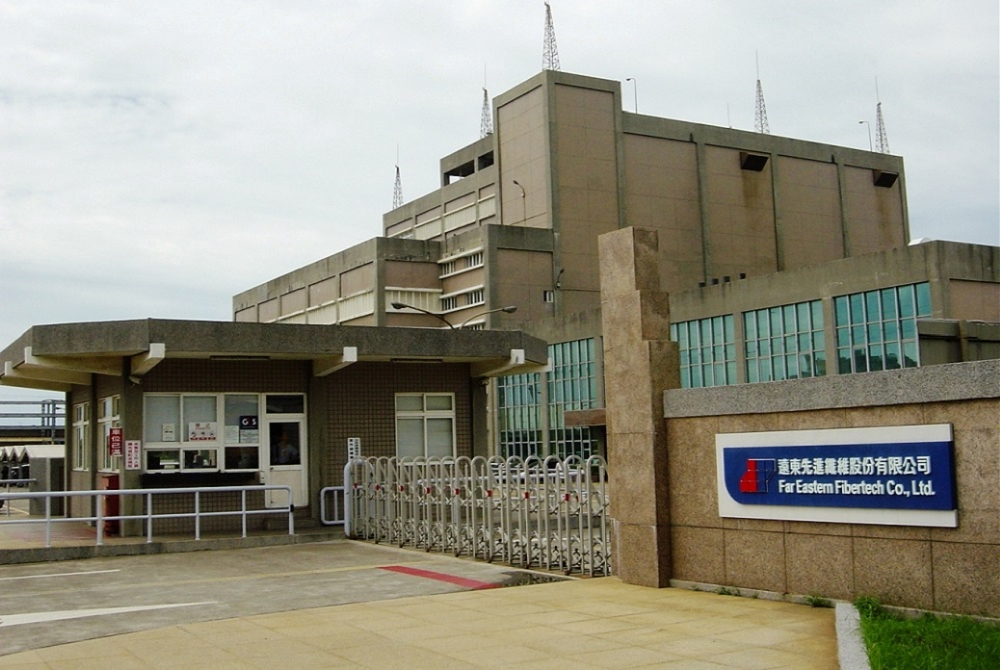Environmental Management
FENC monitors raw material usage consistently and dedicates efforts in the improvement of production process and techniques. We introduce innovative technology and system, ensuring sound management and improve the efficiency use and recycling of raw materials. We also expand the power of influence by forming an alliance with suppliers and customers, pledging to protect the environment by optimizing packaging methods.
FENC devotes ongoing efforts to monitoring raw material usage while improving the production process and technology. By incorporating innovative technology and systems, the Company reduces raw material consumption while increasing the recycling rate. With standards more rigorous than the industry norm, the selection of raw material suppliers strictly follows the internal procurement management process and operational guidelines. FENC forms partnerships with those who abide by governmental regulations and sustainable guidelines, and commissions independent testing companies to examine the raw materials. To stabilize product supply, FENC procures raw materials from multiple suppliers, which ensures agility amid the capricious market conditions. Meanwhile, the Company interviews the suppliers and collects market information to assess their operational conditions and stay ready to respond swiftly in times of change.
Packaging materials are tailored based on production, marketing, customer types and delivery approaches. Priority consideration is given to packaging materials or operations that involve recycling, reuse or less material consumption. Safety is also assured in terms of management. The recycling quantity, recycling rate and completion rate are tabulated monthly. Unmet goals are examined. Managing the recycling of packaging materials may extend material life cycle while reducing consumption, costs and waste. In addition, FENC combines forces with suppliers and customers, working together and expanding our influence to create optimal packaging design that promotes recycling.
Raw Material Management Guidelines and Measures
Management Procedure for Raw and Packaging Materials
FENC production sites provide estimates of the raw material consumption per unit of production in the annual budget and conduct bi-weekly meetings to review the consumption, adjust production parameters and optimize operation. The production sites also reduce raw material consumption per unit of production through production improvements from the annual capital investment plan. Management approaches are as follows:
- Routine maintenance and forecast: Regular maintenance and equipment monitoring help ensure proper operation and prevent stop work caused by malfunctioning, which may lead to waste of raw materials.
- Production management: Production efficiency may be improved through production planning, scheduling and inventory management. Loss resulted from fluctuating raw material costs may also be reduced.
FENC engages customers consistently on recycling packaging materials such as pallets, paper tubes and peg boards to establish a robust recycling management system. In 2022, the average recycling rate for packaging materials from the production sites within the scope of this report reached 80%. The average recycling rate for in-house recycling is 62% while that for recycling through external programs is 99%.
There were no leakages of raw materials, oils or fuels from FENC sites in 2022. One chemical leakage occurred at Kuanyin Chemical Fiber Plant, where 9.73 metric tons of PTA powder leaked out due to tank truck container rupture during an unloading operation that involved the air compressor. PTA is not a hazardous chemical, and the leakage caused no harmful effects. To be more prudent, the plant has modified the standard operating procedure to require that the driver and the transportation personnel go through and sign off on the pre-operation checklist together to avoid future occurrences.
Recycling Measures for Raw and Packaging Materials
Value Chain Collaboration
OGM values the safety of raw material use and promotes bulk bag recycling, which has also been a long-term focus of its customer engagement. The plant has a reliable recycling mechanism in place, and all secondary materials are currently stored in recycled bags. To reduce the use of packaging materials, the plant increased tank truck shipping in 2019. When the PET resin plant began operation in 2022, 70% of the finished products were stored in the tanks and shipped directly to customers, which drastically cut the use of bulk bags. OGM also monitors the quality of the bales from suppliers and enhances inspection during factory feed. Results are shared during supplier engagement to seek improvements and to reduce impurities in raw materials and production loss. Semi-finished products, which used to be treated as waste or sold as secondary materials, are recycled and reused to reduce raw material loss.
OPTC switched to recyclable square tubes and ropes which can be reused by customers to fasten goods in its cargo containers. The practice is so effective that customers have inquired about the specific approach. OPTC has successfully created a reproducible recycling practice favored by customers.










